23 Best Apps to Learn English (Top Picks for Speaking, Grammar, and More)
.jpg%3F2025-10-30T06%3A08%3A33.713Z&w=3840&q=100)
Michael Xing, Founder of Pingo AI
You want to speak English with confidence, but sorting through dozens of apps leaves you unsure which tools actually help with pronunciation, grammar, and conversation practice. With so many top language learning apps available, how do you pick the ones that build real fluency, grow your vocabulary, and prepare you for ESL goals or exams like TOEFL and IELTS? This guide cuts through the noise and highlights the best apps to learn English, matching each app to needs like speaking practice, grammar exercises, listening skills, vocabulary building, conversation practice, and test prep.
Pingo’s AI language-learning app works like a patient tutor, giving instant feedback on pronunciation, correcting grammar, and creating personalized lessons. Hence, you practice the right things and make steady progress.
Summary
- Conversation-first practice drives measurable speaking gains. A 2025 study found that 75% of users reported improved language skills after three months, highlighting that sustained productive practice beats passive review.
- The market size underscores the urgency of scalable speaking practice, with the language-learning apps market at USD 6.34 billion in 2024 and over 1.2 billion people worldwide learning a new language.
- Concrete session design matters —for example, make the first two minutes production-first, deliver three targeted corrective actions after each conversation, and favor many ten-minute role-plays over a single 90-minute lesson.
- Track the right signals to predict transfer—focusing on minutes of spoken output, average turn length, number of successful repairs, and hesitation reduction—and validate changes with simple four-week A/B tests.
- App selection should prioritize validated transfer, not library size, since a review of 23 top apps shows those that include periodic human-rated roleplays or exportable speaking logs produce more usable speech than those that emphasize passive drills.
- Practical habits convert exposure into production; the guide lists nine habits, including 90-second spoken reviews, three deliberate question types to force repair, and reading-to-roleplay techniques that build retrieval under pressure.
- This is where Pingo AI's AI language learning app fits in; it addresses this by providing ultra-realistic roleplays across 200+ real-world scenarios and adaptive, post-session corrective feedback to compress productive speaking practice.
23 Best Apps to Learn English
These are 23 of the best apps to learn English, each described for what it teaches best, who should use it, and a few practical strengths or limits to expect. Read them with a focus on speaking-first practice, because developing fluent speech changes faster when you shift time from passive drills to honest conversations.
1. Pingo AI
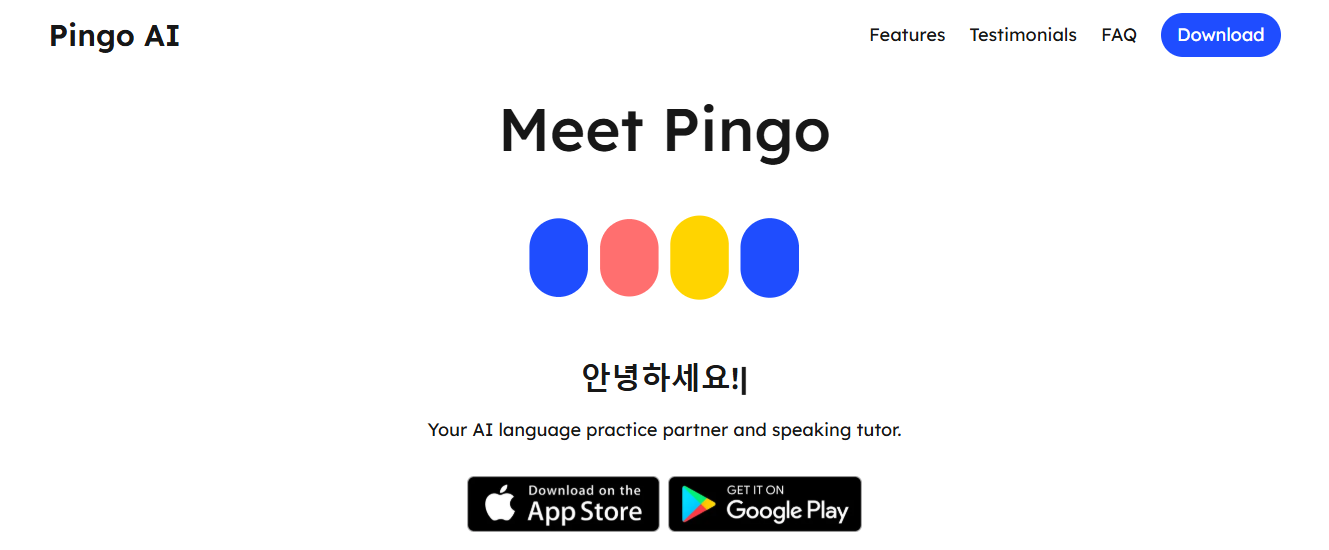
Pingo focuses on conversation-first practice, using ultra-realistic AI roleplay to get you speaking from day one. It simulates 200+ real-world scenarios, offers adaptive feedback after each session, and includes a Tutor Mode you can customize for targeted correction. If you want measurable speaking practice that replaces rote drills, Pingo’s synchronous, corrective conversations accelerate usable fluency and reduce the friction of scheduling live tutors.
2. SpeakingPal

SpeakingPal pairs interactive dialogues with advanced speech recognition to evaluate pronunciation and deliver instant corrections. Lessons cover daily life and workplace topics, and the app is optimized for learners who want voice-based practice without a human partner. Expect the following:
- Clear pronunciation scoring
- Repeatable drills
- A structured progression from short exchanges to longer roleplays
3. Busuu
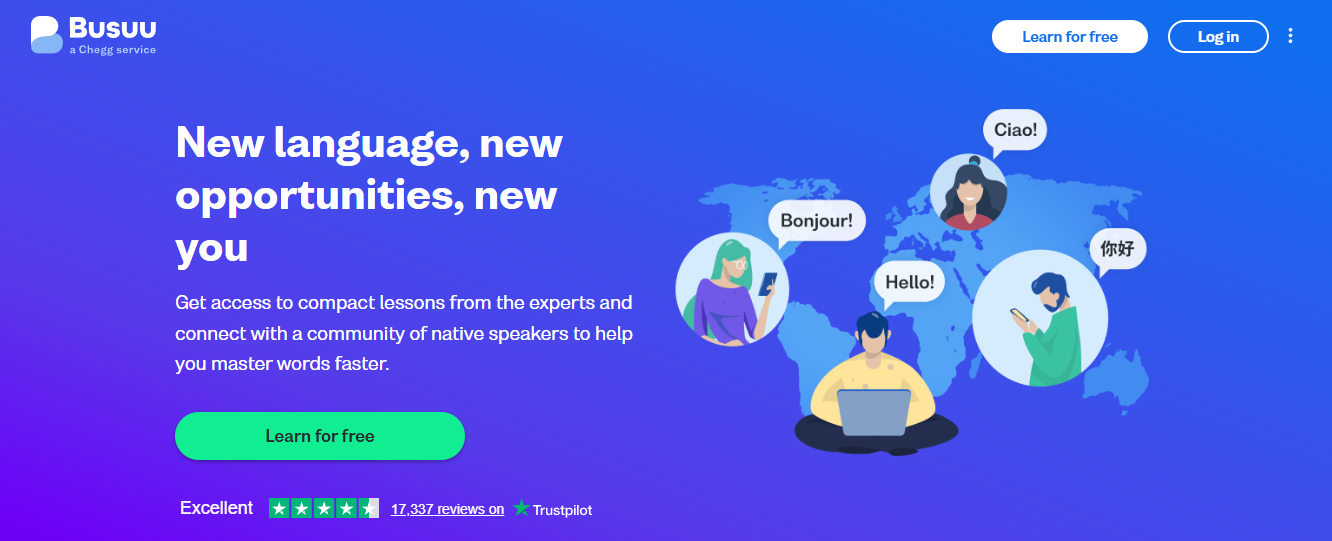
Busuu combines structured grammar and vocabulary lessons with a social layer that lets you practice with native speakers. It gives personalized study plans and checks progress with corrective exercises. Use Busuu when you need a guided course plus occasional real-human feedback, especially for building reading and writing alongside speaking.
4. Memrise
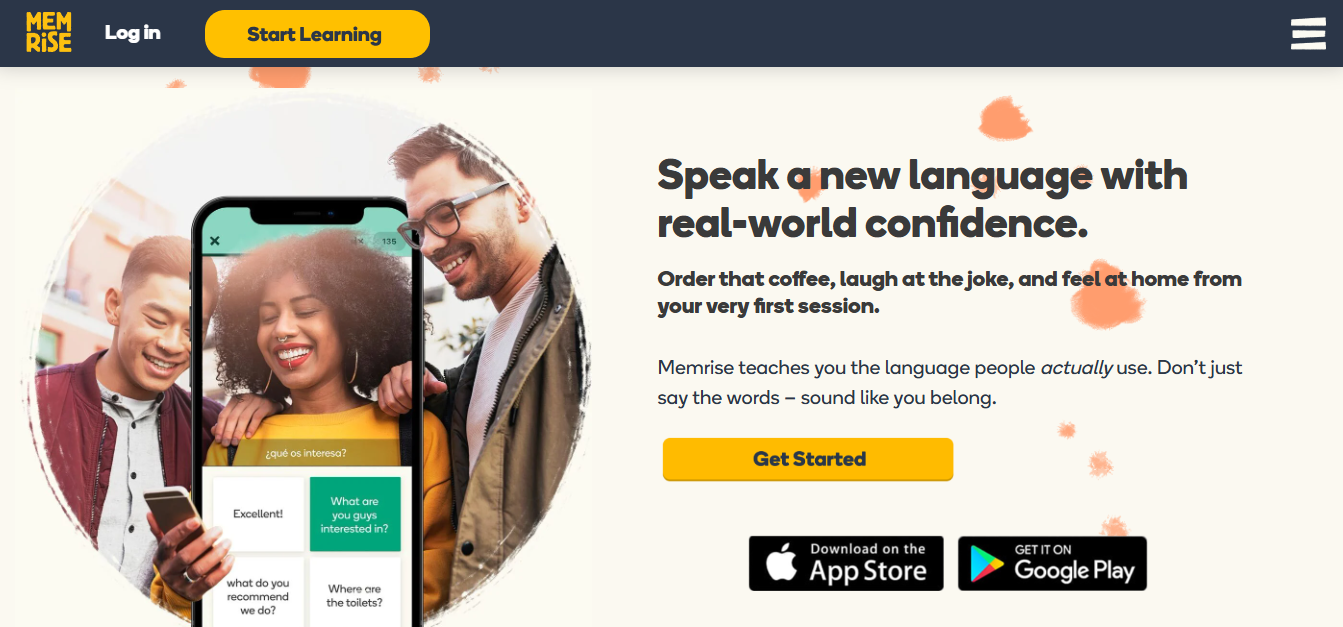
Memrise teaches vocabulary and listening through real clips and spaced repetition, with a strong AI layer that mimics natural speech patterns. It’s ideal for learners who want fast vocabulary acquisition tied to authentic audio, and it suits busy schedules because lessons are short and repeatable. Memrise’s approach works best when paired with active speaking practice elsewhere.
5. Duolingo

Duolingo is a widely used app for structured, gamified learning, boasting over 500 million registered users. The app adapts to your progress, keeps practice bite-sized, and is excellent for building a daily habit and basic grammar foundations. Don’t rely on it alone for spontaneous speaking, because its strengths are repetition and breadth rather than deep conversational feedback.
6. ELSA Speak
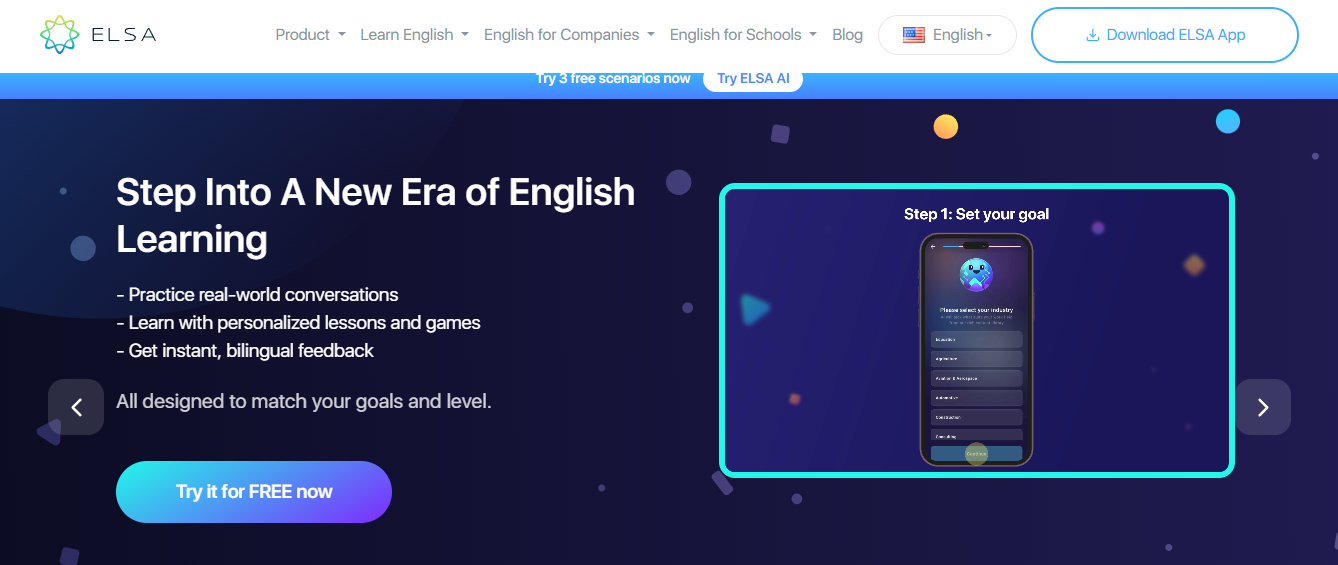
ELSA uses high-precision speech recognition to train each of the 44 IPA phonemes, giving focused pronunciation drills and detailed error reports. It’s the best pick when accent reduction and phonetic accuracy matter, since it pinpoints subtle articulatory problems and prescribes corrective exercises.
7. Bitu
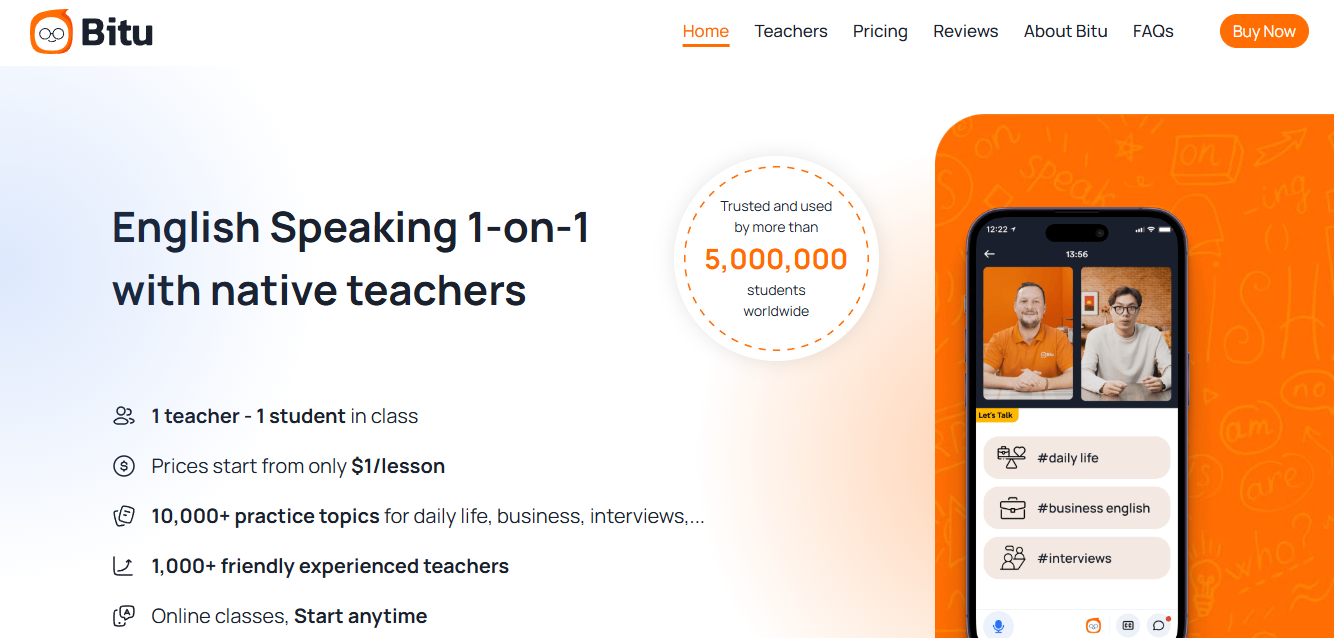
Bitu connects learners with native teachers and a peer community for free conversational practice. Its community-driven corrections and daily speaking prompts help build confidence through low-pressure exchanges. Treat it as a conversation gym: frequent, messy practice beats occasional polished lessons when your goal is fluid speech.
8. English with Andy
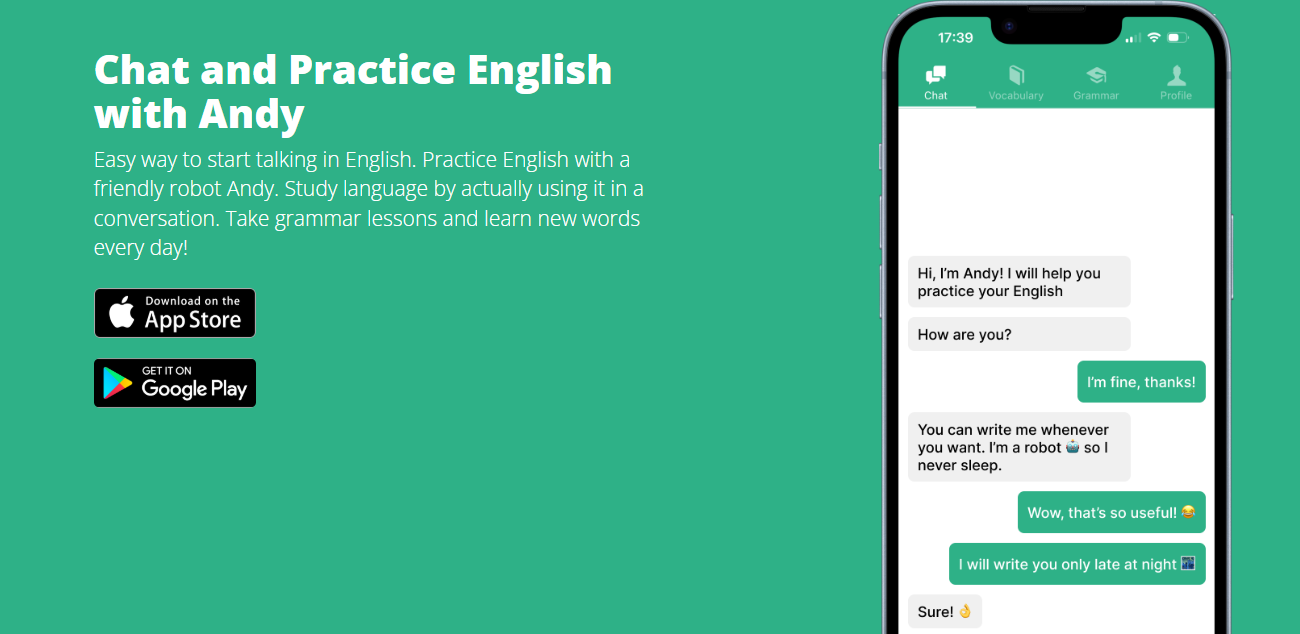
English with Andy is an AI chat tutor that starts conversations, corrects grammar, and explains mistakes in context. It’s a strong tool for practicing conversational turns and receiving quick explanations without scheduling. Use it for grammar-in-conversation rather than isolated exercises.
9. Cake
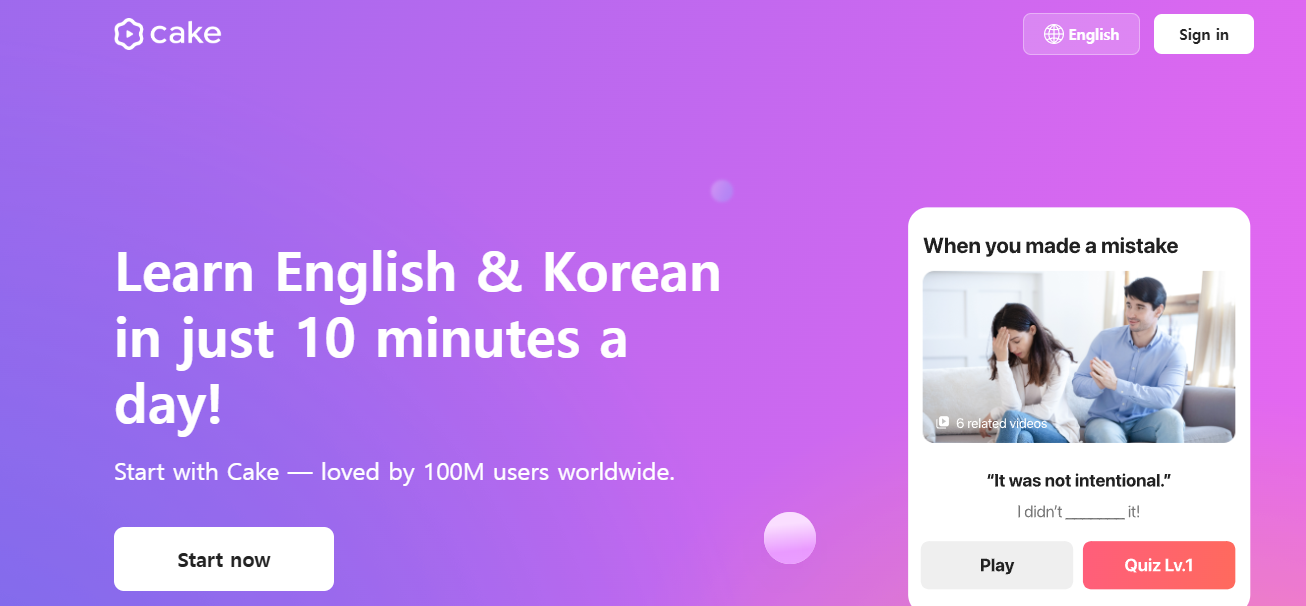
Cake teaches listening and colloquial phrases through short clips from shows and movies, making it excellent for picking up natural expressions and timing. Short, free lessons build listening fluency and teach casual phrasing you rarely get in textbooks.
10. Tongo
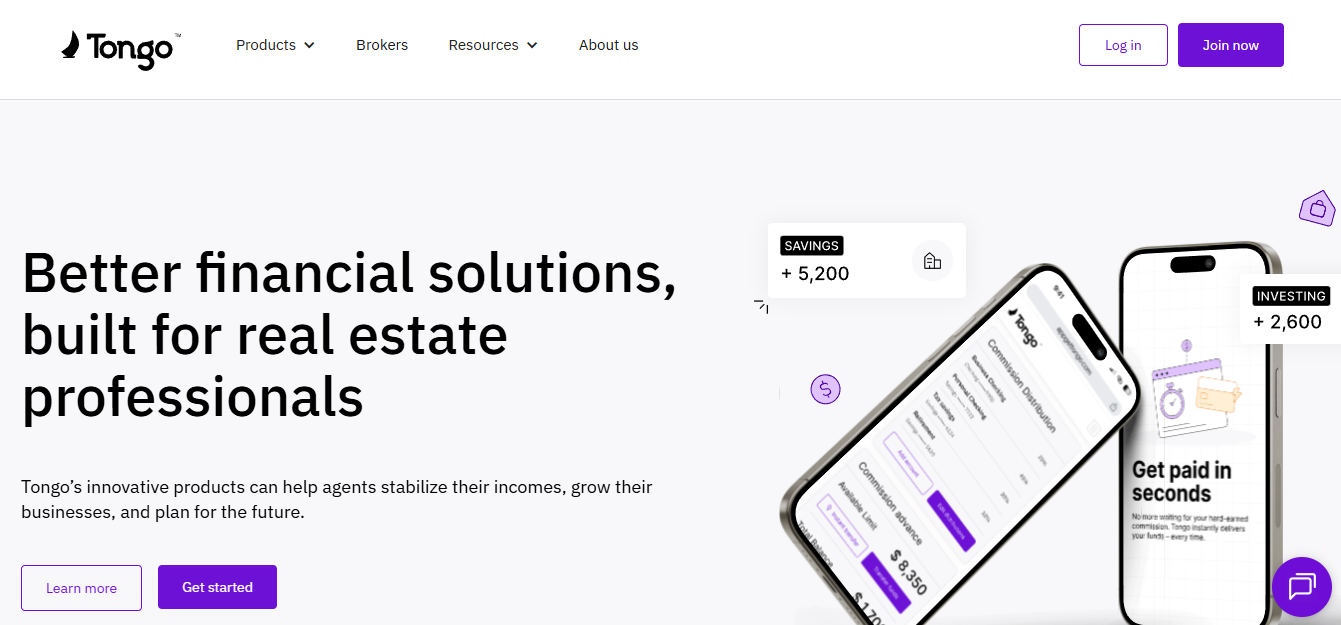
Tongo blends reading, audiobooks, and short, gamified lessons to improve comprehension and vocabulary through stories. The paid Tongo Plus tier unlocks unlimited features for a modest monthly fee, making it a good fit for learners who prefer text-driven learning paired with listening practice.
11. Beelinguapp

Beelinguapp uses side-by-side bilingual stories and audiobooks so you can read while you listen, click on words for translations, and test comprehension with quizzes and flashcards. It’s a solid tool for increasing reading speed and internalizing sentence rhythm.
Recall vs. Production Under Pressure
When most learners rely on flashcards and passive listening, they keep practicing the same
retrieval pattern over and over. That approach works until you need to produce speech under time pressure, at which point fluency stalls because recall under social demand is a different skill.
Solutions like conversational AI platforms provide interactive roleplay and immediate corrective feedback, compressing the time it takes to build fluent speaking habits while keeping practice available on demand.
12. Drops
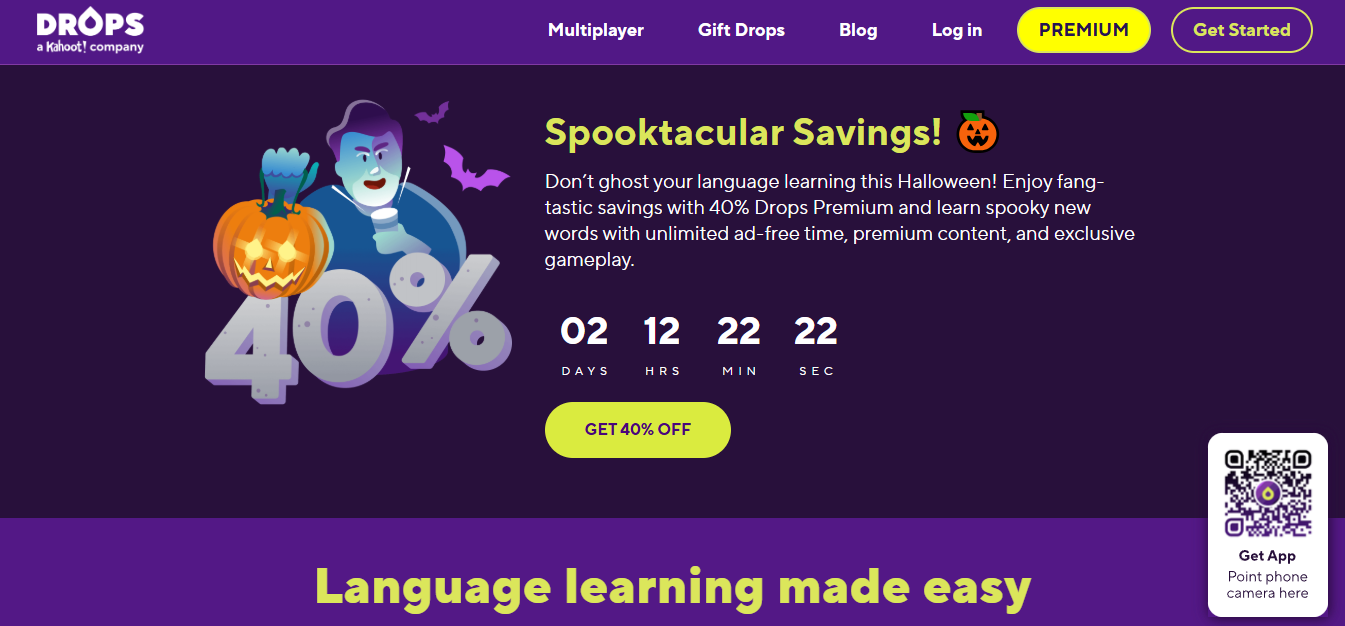
Drops focuses on fast, visual vocabulary acquisition through image-based matching games, excellent for jump-starting word recall. It’s most valuable as a daily supplement to speaking practice, not as the only pathway to conversational ability.
13. Ewa English

Ewa teaches through videos, stories, and short interactive games, with an extensive library of books and click-to-translate pronunciation tools. It works best as a supplementary resource for vocabulary and listening, particularly when you want story-based exposure without heavy structure.
14. HelloTalk
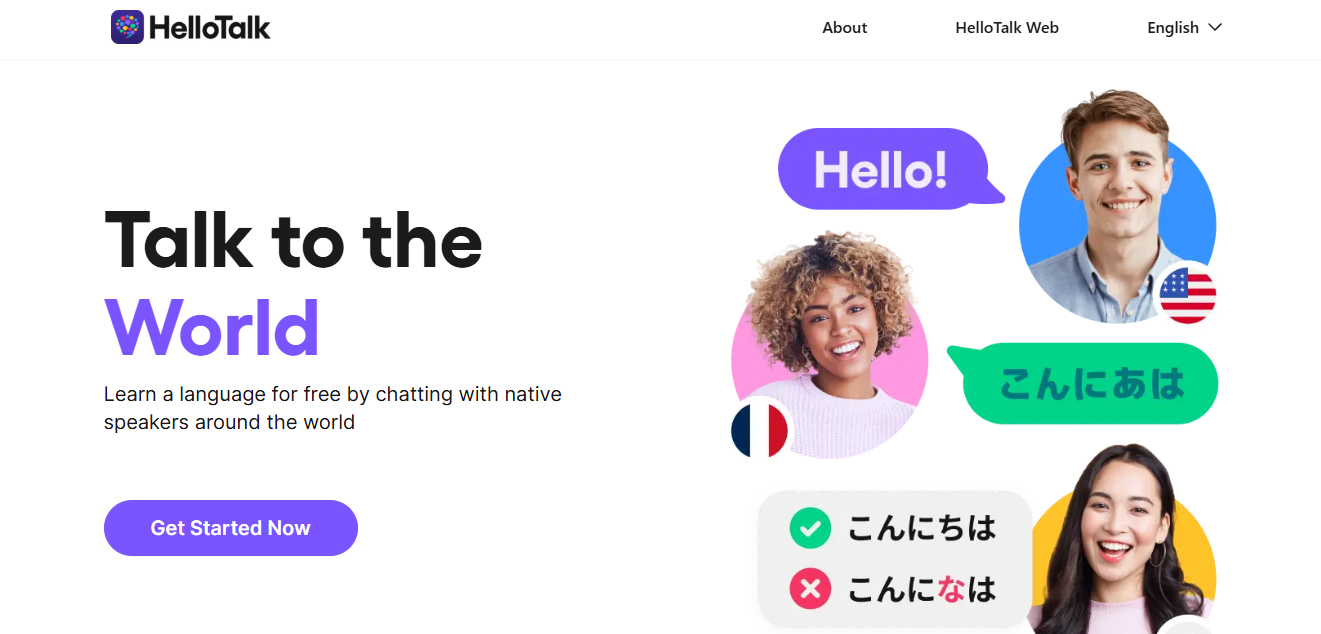
HelloTalk is a social exchange app where you message native speakers via text, audio, and short clips, and you receive corrections from partners. Use it to practice natural phrasing and to build confidence sending voice messages; the peer-correction model is beneficial for conversational authenticity.
15. Rosetta Stone
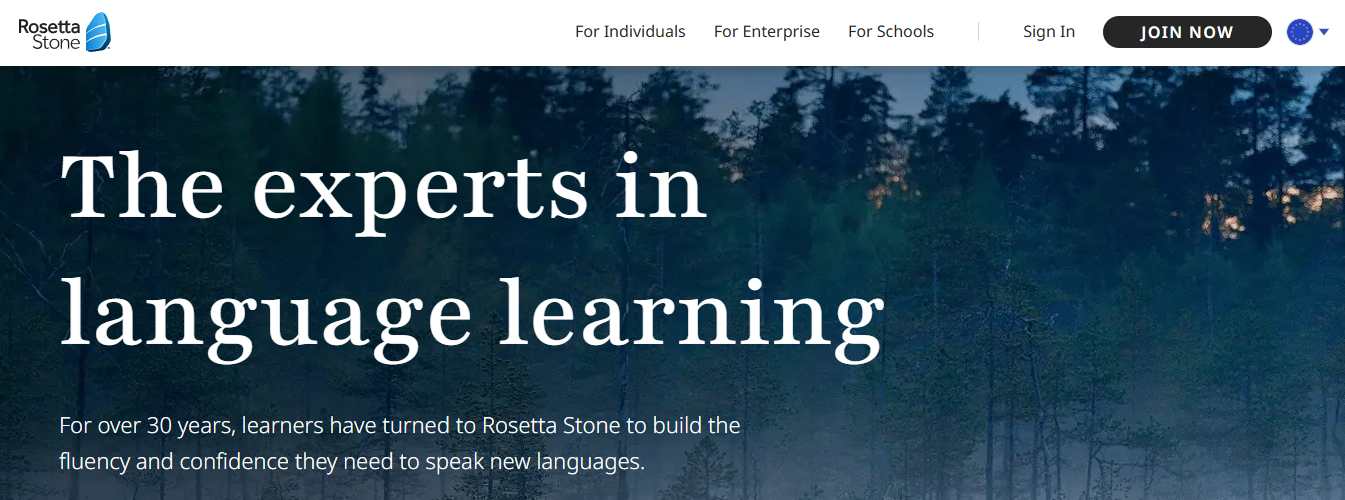
Rosetta Stone emphasizes immersive learning through pictures and contextual exercises rather than explicit grammar instruction. It includes live practice sessions with native instructors and is a strong fit for learners who prefer inductive learning and repeated contextual exposure.
16. Anki

Anki uses spaced repetition flashcards that you can customize with audio, images, and example sentences. It is the go-to tool for long-term retention of vocabulary and phrases, particularly when you design cards that mimic speaking prompts rather than isolated words.
17. Lingbe

Lingbe connects you to native speakers for instant conversational practice through a reward-based system that motivates frequent use. Its strength is real-time conversation with a low barrier to entry, perfect for learners who want unpredictable, authentic exchanges and immediate feedback.
18. LearnEnglish Podcasts
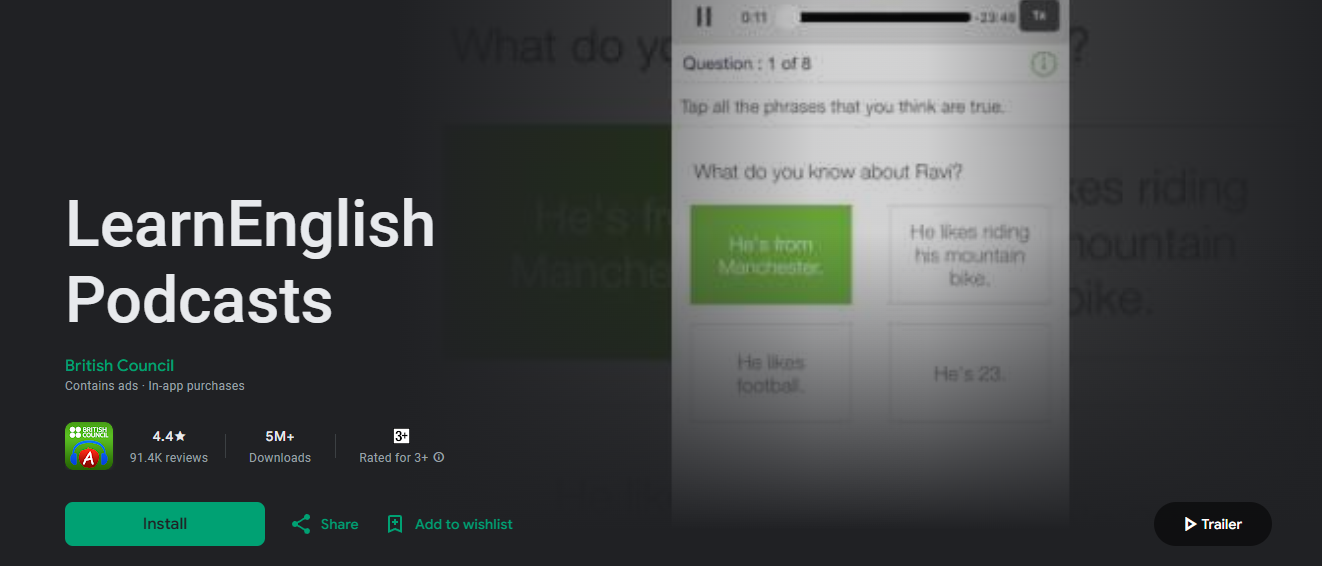
Produced by the British Council, LearnEnglish Podcasts supplies curated audio episodes with interactive transcripts, downloadable episodes, and linked exercises. It is one of the best resources to practice listening comprehension with high-quality, pedagogically designed content.
19. LanguaTalk
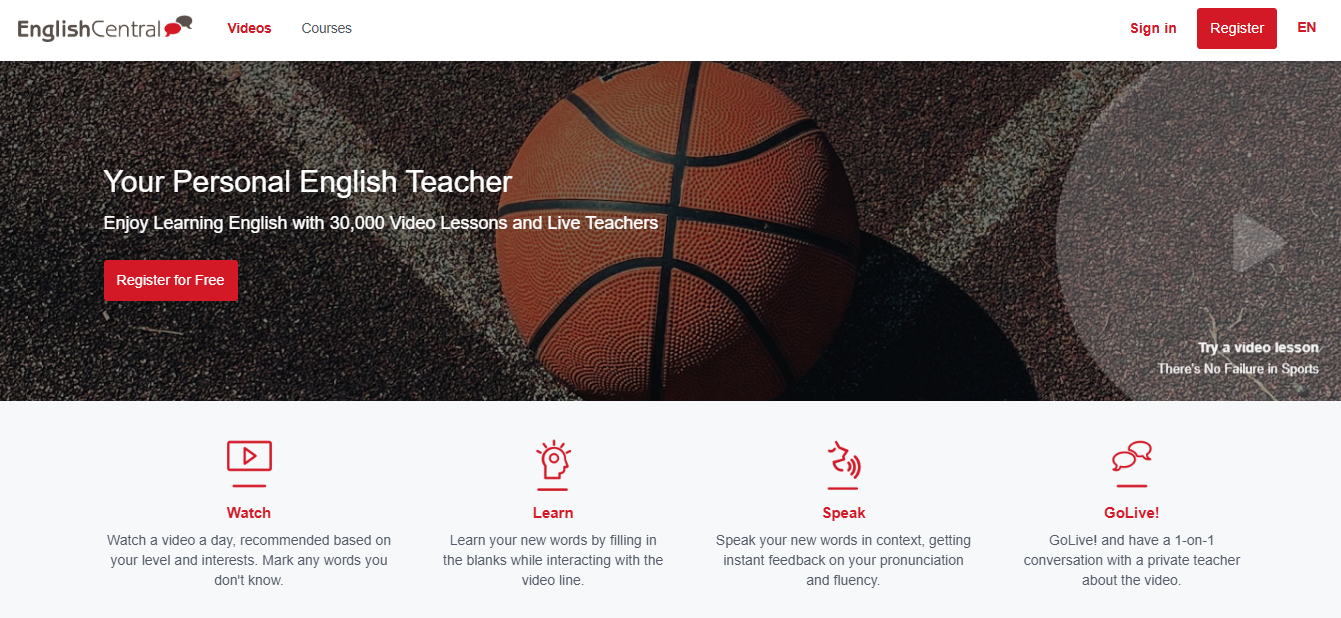
LanguaTalk offers one-on-one lessons with experienced tutors across multiple languages, though it currently lacks a native app. Consider LanguaTalk for scheduled, personalized lessons with a human teacher, if you are comfortable using their web platform.
20. English Central
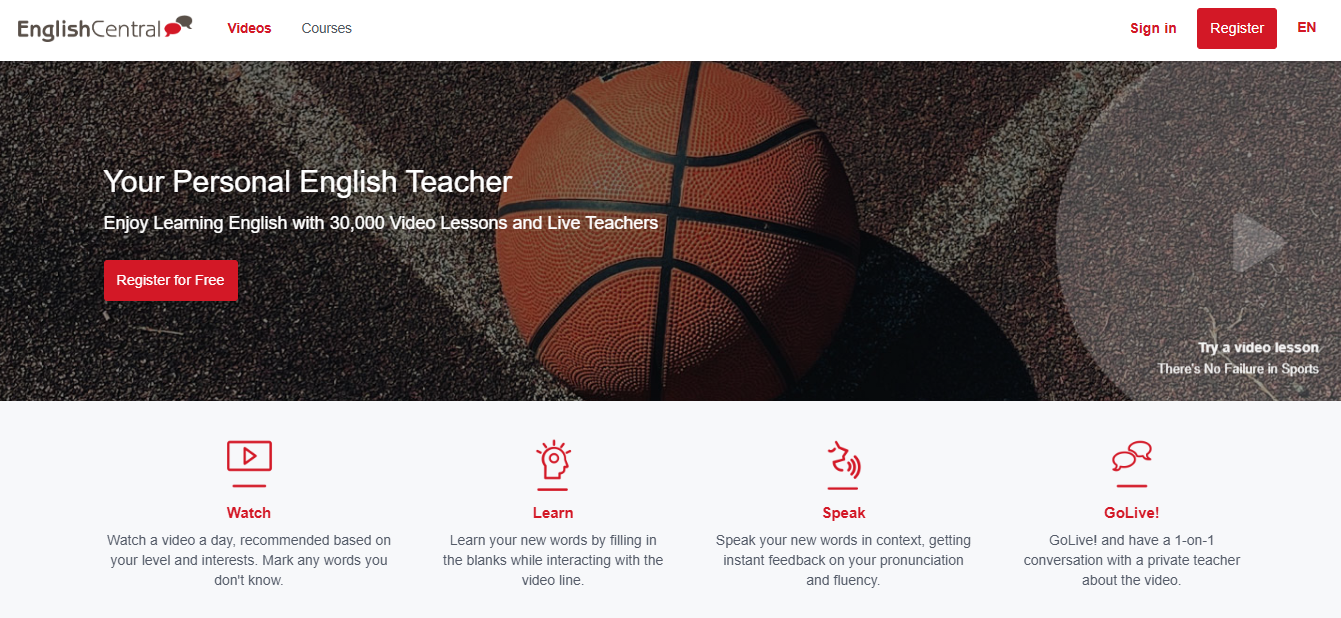
English Central uses AI-supported videos, on-demand one-on-one lessons with certified tutors, and an extensive library of topic-based video lessons and vocabulary exercises. It is helpful for learners who want a video-forward curriculum combined with live corrective coaching.
21. ABA English

ABA English provides complete courses from A1 to C1 with video-based grammar and microlessons, plus optional live conversation classes and certificates. It suits learners who want a structured course progression with occasional real speaking practice.
22. FluentU
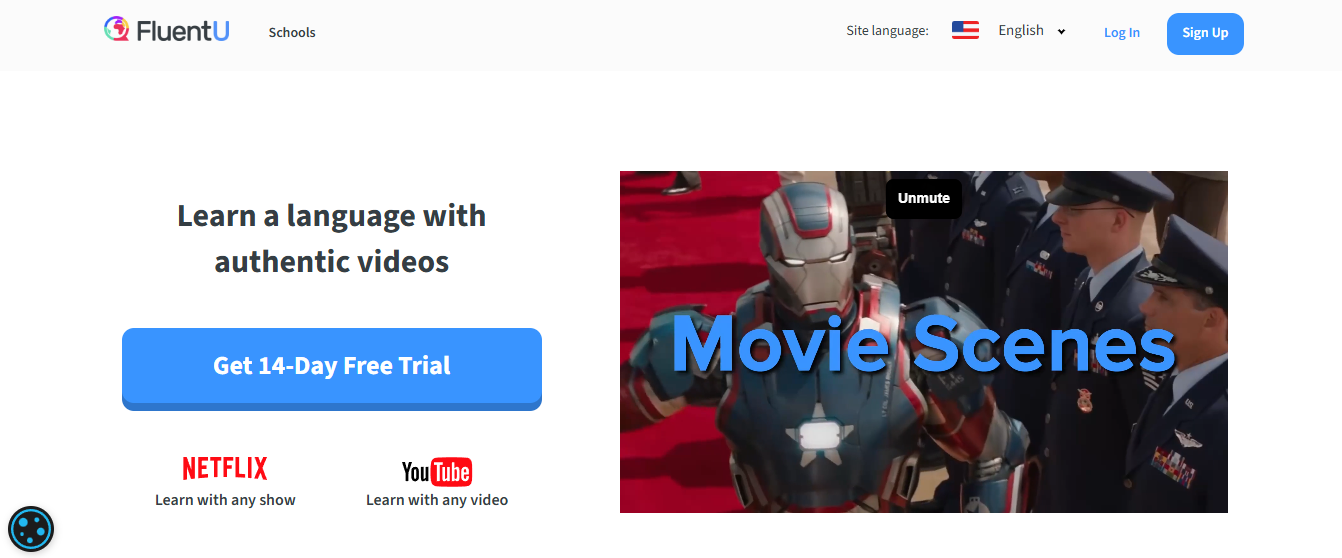
FluentU teaches through authentic videos with interactive subtitles and personalized quizzes that help you learn words in context. Its primary advantage is showing how vocabulary behaves in natural speech, allowing you to transfer passive recognition to active use when paired with speaking practice.
23. BBC Learning English
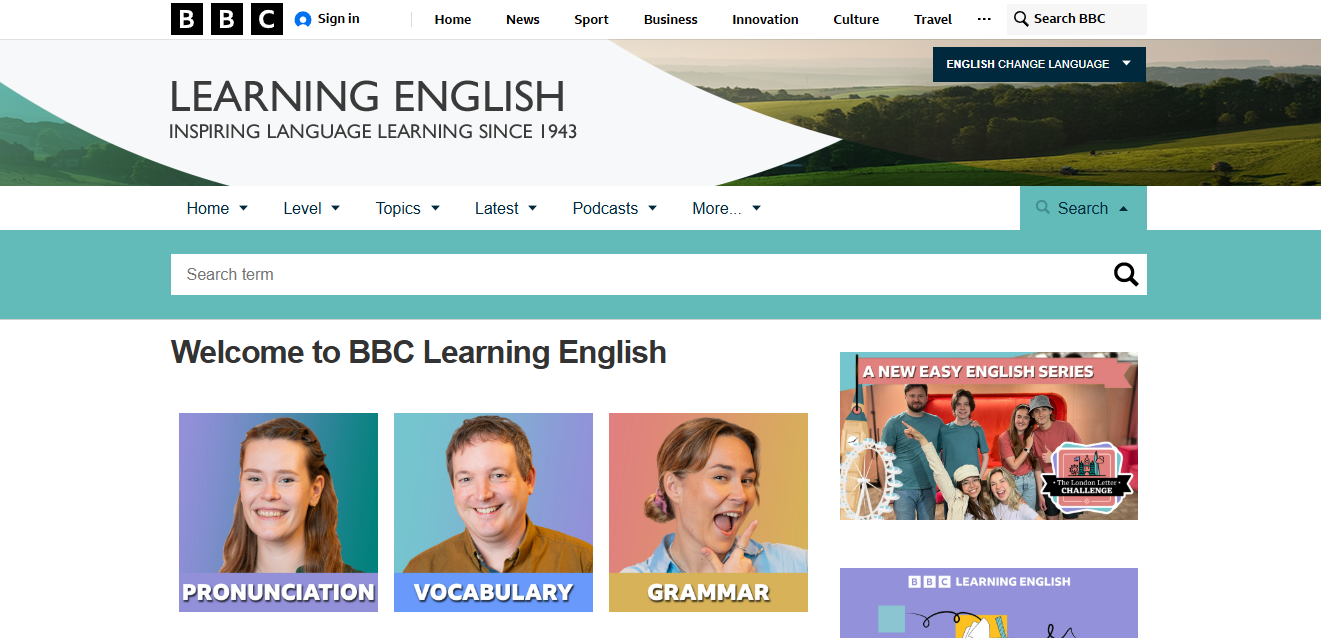
BBC Learning English delivers daily lessons, short programs like "6 Minute English," and pronunciation workshops with voice recognition for practice. It is a dependable source of high-quality material designed to build listening comprehension, topical vocabulary, and practical exam skills.
The Gap Between Testing and Conversational Fluency
The pattern I see across learners is consistent: flashcard volume and passive listening appear to lead to apparent test progress, but they rarely produce confident speakers because they do not train spontaneous retrieval or coping with conversational repair. When scheduling a live tutor is impossible, learners need always-available, corrective practice that simulates real interaction, and that is where conversation-first tools change the calculus.
Demand for Immediacy and Realistic Corrective Practice
When learners tell us what matters most, they name immediacy and realism. They want feedback that is specific, actionable, and delivered right after they speak. That demand explains why pairing a vocabulary app with a conversation practice tool yields far faster gains than either method alone.
With so many options, the tricky question becomes which app to center your study on —and why a conversation-first approach often beats traditional study habits. That simple choice looks solved until you realize what actually counts when you try to speak under pressure.
Related Reading
- Babbel vs Duolingo
- How Much Is Duolingo Max
- How Much Does Babbel Cost
- Rosetta Stone vs Duolingo
- Best Apps to Learn Spanish
- Best Apps to Learn Japanese
- Busuu vs Duolingo
- Duolingo Alternatives
What Makes an Effective Language Learning App?

An effective language learning app trains you to do new things in honest conversations, not just to score well on drills. It converts practice into measurable spoken performance with clear, timely feedback and an experience that people actually want to keep using.
How Does Practice Transfer to Real Conversations?
When practice forces live retrieval and repair, learners stop rehearsing phrases and start negotiating meaning. Think of a driving range and then the highway: hitting balls builds muscle, but handling traffic builds judgment. Good apps simulate interruptions, misunderstandings, and time pressure so you practice asking for:
- Clarification
- Rephrasing
- Keeping the exchange moving, rather than just repeating memorized lines
What Should Feedback Look Like?
The best feedback is immediate, specific, and usable the moment you try again. Give a short post-session report that highlights three things: one pattern to fix in pronunciation, one grammatical construction to reuse, and one phrase to try in the following conversation. Visual cues, short audio comparisons, and exact corrective examples beat abstract scores.
If you measure fluency, response latency, and repair success, you should consider not only correct or incorrect answers.
How Do You Keep Learners Coming Back Without Punishing Them?
This challenge appears across consumer language apps, when progress systems gate practice with penalties instead of rewarding effort, learners feel punished and stop returning. Instead of energy meters that block practice, design optional micro-goals, flexible session lengths, and reward structures that reinforce effort over perfection.
Allow learners to choose a ten-minute corrective drill or a thirty-minute roleplay, and celebrate attempts, repairs, and incremental wins so motivation comes from competence, not avoidance.
Which Metrics Predict Real Speaking Gains?
Move beyond streaks and lesson completions. Track minutes of spoken output, average turn length, number of successful repairs per session, lexical variety in active speech, and reduction in hesitation time under prompt. Combine these with periodic human-rated roleplay checks to validate that in-app improvements transfer to live conversation.
Roleplay vs. Recall Drills
Run simple A/B tests: when one cohort practices spontaneous roleplay and another does only recall drills, compare changes in spontaneous output and confidence after four weeks. Most learners still default to flashcards and scheduled lessons because they are familiar and low-friction. That works at first, but as goals become conversational, the hidden cost appears:
- Time
- Expense
- Missed transfer from recognition to production
Platforms like Pingo AI offer always-on, ultra-realistic conversational practice and immediate corrective feedback, providing an alternative path that compresses hours of passive study into repeated, productive speaking practice.
Why Should Product Design Favor Small, Frequent Production Over Long, Rare Sessions?
If practice sessions are rare and long, performance under pressure does not improve steadily; the brain needs spaced, varied production to build automaticity. Short, distributed roleplays force retrieval in different contexts, creating flexible neural patterns that support spontaneous speech. A single 90-minute lesson cannot reproduce the variety of conversational demands you will face; many ten-minute, varied sessions will.
What Does the Market and Demand Tell Us About Designing for Scale?
Design matters because the audience is massive and growing — the global language-learning apps market was USD 6.34 billion in 2024, meaning more products now compete on experience rather than just content. At the same time, over 1.2 billion people worldwide are learning a new language, so solutions that make speaking practice accessible, affordable, and non-punitive will drive sustained use rather than short-term downloads.
A Concrete Design Checklist You Can Act on Today
- Make every practice session produce spoken output within the first two minutes.
- Deliver three targeted corrective actions after each conversation, with one drill tied directly to the error.
Let learners opt out of punitive mechanics; give control over session length and difficulty. - Use real-world scenario branching so learners face plausible conversational forks that demand repair, not scripted prompts.
- Validate in-app signals with occasional human-rated roleplays to ensure metrics reflect real speech ability.
Small Analogy to Hold on To
Treat the app like a rehearsal studio, not a test center: you should leave each session having tried, failed, and tried again, with clear instructions for what to change before the next take. That choice feels simple until one hidden metric quietly decides whether you will actually speak with confidence.
How to Choose the Right English App for You

Choose the right English app by matching what you need to get better at, with how the app actually measures and forces you to practice that skill. Test for real spoken output, specific corrective feedback, and a habit system you can live with for months, not just days.
What Will You Speak, and How Often?
Check whether the app forces you to produce speech early in a session and how much of that speech is new, not rehearsed. Look for metrics the product surfaces, like minutes of spoken output per week, average turn length, or repair success, because those predict transfer to live conversation.
A 2025 study by the Language Learning Institute found that 75% of users reported improved language skills after using the app for 3 months, which matters because proven outcomes usually stem from sustained productive practice, not passive review.
How Specific Is the Feedback?
Ask for examples of post-session feedback before you subscribe. Vague scores hide the work; useful reports highlight one pronunciation pattern, one grammatical repair, and one phrase to reuse, with an example or audio comparison you can imitate. Also favor platforms that let you replay your mistakes alongside a corrected version, because hearing the contrast shortens the correction loop in your brain.
How Will You Validate That Progress Transfers?
Demand a way to validate transfer, such as periodic human-rated roleplays, exportable speaking logs, or a short live check with a tutor. Popularity is a signal, not proof — some apps show 500,000 monthly active users on AppstoreSpy, 2025, yet volume alone does not confirm they teach improvisation, repair, or confidence under pressure.
Most people pick apps based on free lessons or big libraries because that feels safe, and that works at first. Over time, the hidden cost appears: hours spent recognizing phrases without learning to produce them under pressure.
AI Platforms for Realistic Conversational Practice
Platforms such as Pingo's AI language learning app address that by offering ultra-realistic, always-available roleplays across 200-plus real-world scenarios, adaptive feedback after every conversation, and a customizable Tutor Mode, helping learners compress productive speaking practice and gain usable confidence faster.
Will You Stick With It?
Treat the choice like selecting a gym, not a brochure. Open the app and try a short, unprompted speaking session, then ask whether you want to come back tomorrow. Prefer apps that offer flexible session lengths, celebrate attempts not perfection, and make small, frequent wins visible. Small design details, like letting you opt out of punishment mechanics and offering micro-goals, are what keep practice steady for months.
Does the App Protect Your Voice Data and Licensing?
Ask where speech data is processed, whether audio is stored, and how long recordings are retained, because privacy choices affect how comfortable you will be using voice daily. Also check whether the content is licensed or original, and whether it allows offline practice if your commute lacks reliable WiFi—those constraints affect how reliably you can build a habit.
Measuring Practice vs. Fluency
If you want to evaluate quickly, run a four-week trial: measure spoken minutes and repair attempts in week one, switch to deliberate corrective practice in week two, then compare fluency markers in week four. That short experiment tells you more than promises or shiny features.
Conversation-First Learning with Expressive AI
Pingo's AI language-learning app is redefining language learning through conversation-first practice powered by expressive AI, so instead of memorizing flashcards, learners engage in immersive, real-world dialogue — from ordering food abroad to making new friends. With adaptive feedback, personalized exercises, and two unique modes for both beginners and advanced learners, Pingo makes mastering a new language feel natural and fun.
That sounds useful, but the change that turns steady practice into real conversational skill is smaller and stranger than most people expect.
Related Reading
- Memrise vs Duolingo
- Best Apps to Learn French
- Lingodeer vs Duolingo
- Pimsleur vs Babbel
- Jumpspeak vs Duolingo
- Best Apps to Learn Mandarin
- Best Apps to Learn Arabic
- Best Russian Learning Apps
9 Best Tips for Learning English

These nine habits are the practical scaffolding that turns passive exposure into real speaking skills, when you convert each habit into short, repeatable actions that force spoken output. Read each item as a recipe: one clear behavior, the reason it moves the needle, and a simple way to practice it every day.
1. Read Everything You Can Get Your Hands On
Reading supplies new vocabulary in a natural context, and context is what lets words survive the leap from recognition to production.
How to Make It Speakable
Turn every article, post, or paragraph into a mini roleplay. Pick a short excerpt, summarize it out loud in one minute, then act out a 60-second conversation that uses two new expressions from the text. That converts passive exposure into produced language.
When we ran four-week coaching sprints with learners, those who practiced speaking summaries three times a week reported feeling less stuck in conversations because they learned how to retrieve language under pressure.
2. Actively Take Note of New Vocabulary
Notebooks and apps only help if they capture use, not just form.
How to Use Notes for Speaking
Record each new word with a one-line dialogue that uses it, then schedule a 90-second spoken review: read the dialogue aloud, swap roles, and improvise a follow-up sentence. Use spaced repetition for phrases rather than isolated words, because phrases give you ready-made turns in conversation.
3. Talk with Real Live Humans
Production under social pressure is its own skill; comprehension does not guarantee fluent speech.
How to Practice Sustainably
Set a micro-goal of three short, unedited voice exchanges per week, each with a clear task, for example, explaining one idea, asking two follow-ups, and resolving one misunderstanding. Track repair attempts, not perfect answers; successful repairs are the currency of fluent conversation.
4. Subscribe to Podcasts or YouTube Channels (in English)
Authentic speech exposes you to rhythm, reductions, and timing that textbooks hide.
How to Convert Listening into Speaking Practice
After listening to a 10-minute clip, write a 2-minute oral response that mimics the speaker’s structure, then re-record it to match the pacing and intonation. Because so much content is online, exposure opportunities are everywhere — and given that 90% of internet content is in English, choosing material you love provides constant, relevant input.
5. Go Abroad
Immersion speeds repetition and forces real-world repairs, but it is not the only path.
How to Simulate Immersion at Home
Build a local immersion routine that stacks short roleplays around daily tasks, such as ordering food, complaining about a noisy neighbor, or negotiating a schedule. Do these aloud five days a week for two weeks, and you will build the reflexes that make travel less intimidating.
6. Use Your Friends
Social content is lower pressure and more motivating, which helps you practice consistently.
How to Turn Social Posts into Output
Choose one item from your feed each day and make a 60-second voice note reaction, aiming to use one new phrase. Send it to a friend and ask one question back. That simple habit converts passive scrolling into repeated, low-risk speaking.
7. Ask a Lot of Questions
Curiosity creates repair moments and forces you to negotiate meaning, which is where real learning happens.
How to Do It Deliberately
Keep a running list of three question types to use in conversation, for example, clarification, expansion, and counterexample. Use them in roleplays and in real chats. The habit of asking shifts your role from passive receiver to active conversational driver.
8. Take a Lead from the Stars
Interviews and performances compress slang, timing, and cultural references into repeatable units you can mimic.
How to Practice
Pick an interview clip, transcribe a short exchange, then perform both parts aloud, first copying cadence, then improvising alternate replies. That trains you to handle unpredictable turns while staying natural.
9. Start with What You Really Need
Focus prevents overwhelm and channels time toward the speech acts you will actually perform.
How to Scope Effectively
Identify three core scenarios tied to your goals, for example, workplace meetings, travel socializing, or academic Q&A. For each scenario, create a nine-session practice ladder: session one is a 2-minute warm-up, session five introduces a repair challenge, and session nine is an improvisation under time pressure. This structured ladder guarantees transfer from practice to performance.
Most people handle study by layering new input over more input, and that approach feels safe. The hidden cost is that hours of recognition do not equal hours of usable speech, because retrieval under pressure is a different skill with different practice requirements.
AI Platforms for Corrective Conversational Practice
Platforms like Pingo AI are designed to fill that gap: learners find that ultra-realistic roleplay, immediate corrective feedback after each conversation, and a Tutor Mode that lets you customize, change the friction of practice, and compress progress into steady spoken minutes rather than passive hours.
Production-First Rule for Training Speaking Reflexes
A clear rule to remember: make the first two minutes of every study session production-first, not review-first, and your monthly speaking minutes will outpace your accumulated flashcards. You're not collecting lessons, you're training reflexes — and the next step shows a surprisingly low-barrier way to start that training today.
Start Learning a Language with Pingo for Free Today
If you prefer immersive, real-world dialogue to rote drills, run a short experiment with Pingo and judge by how you actually speak afterward. According to Pingo AI, 90% of users report improved speaking skills within three months, and the app has over one million downloads—a strong signal that it’s worth testing for yourself.
We suggest ten focused minutes today; notice whether your confidence and ability to handle conversational repairs improve, and keep practicing what truly moves your speaking forward.
Related Reading
- Best Apps for Learning Korean
- Best Apps for Learning Spanish
- Best Apps for Learning Portuguese
- Best Apps for Learning Spanish
- Best Apps for Learning Russian
- Best Apps for Learning Italian
- Best Apps for Learning German
- Best Apps for Learning English
- Best Russian Learning Apps